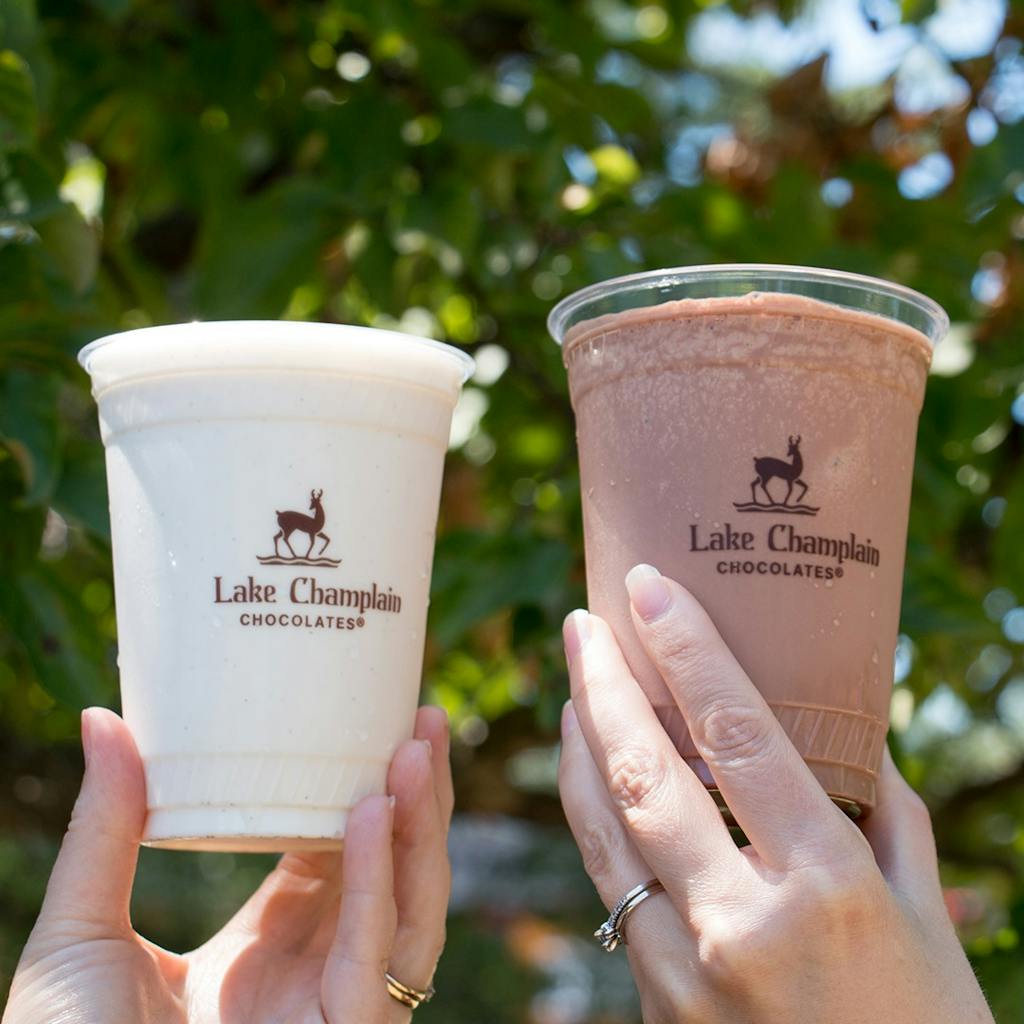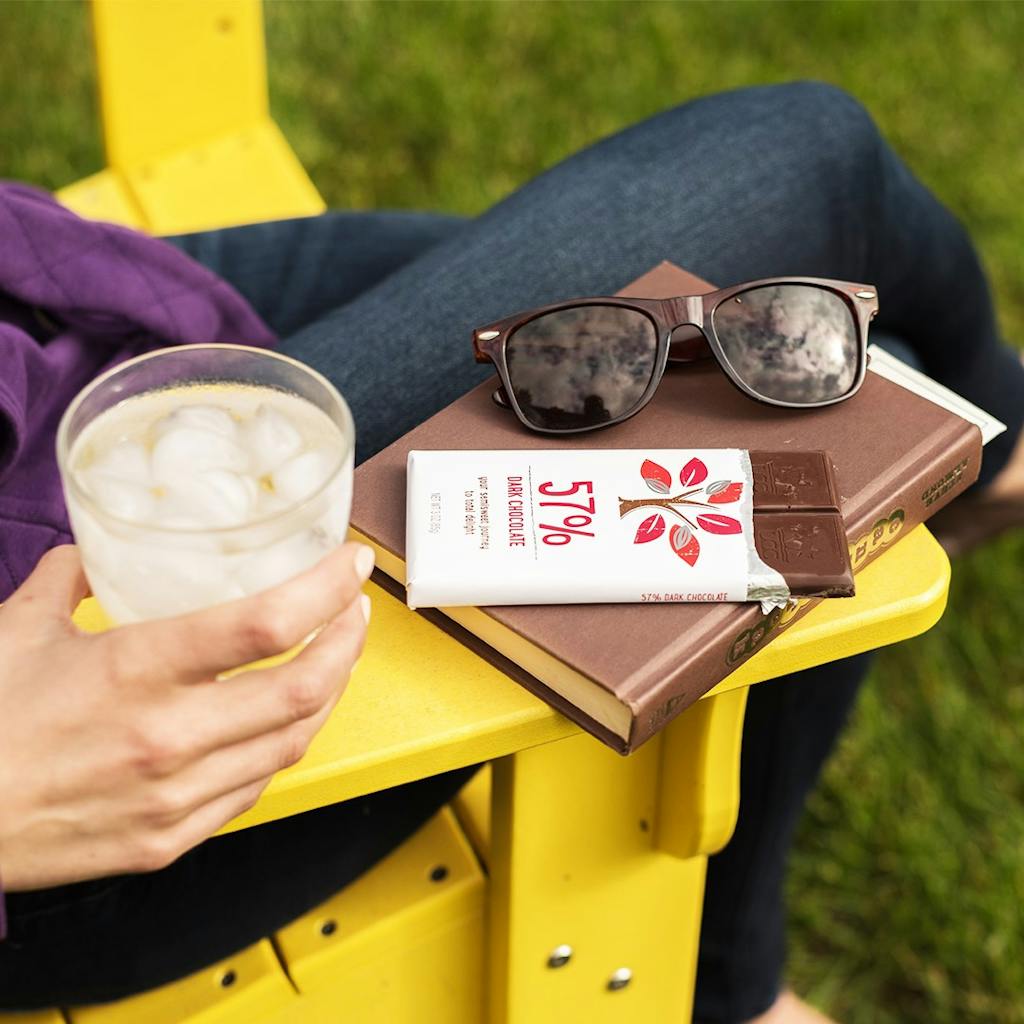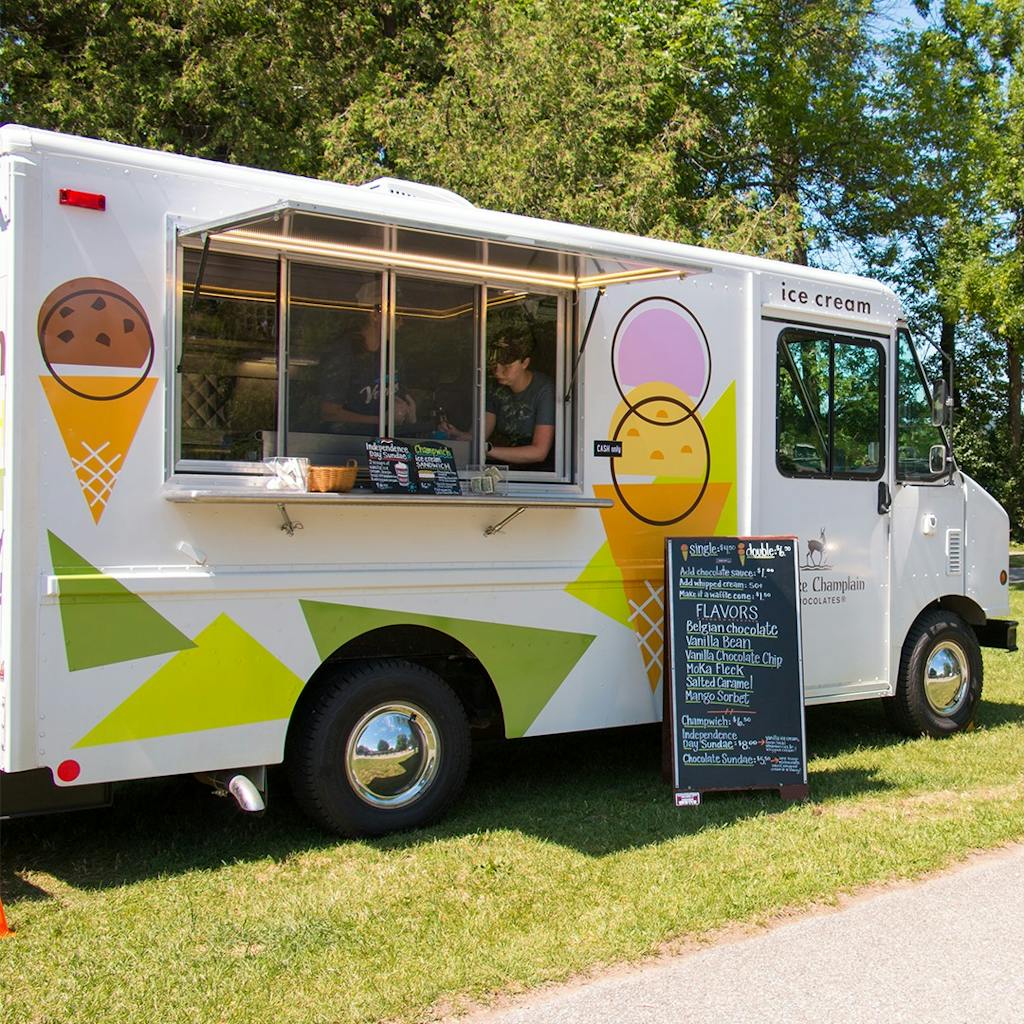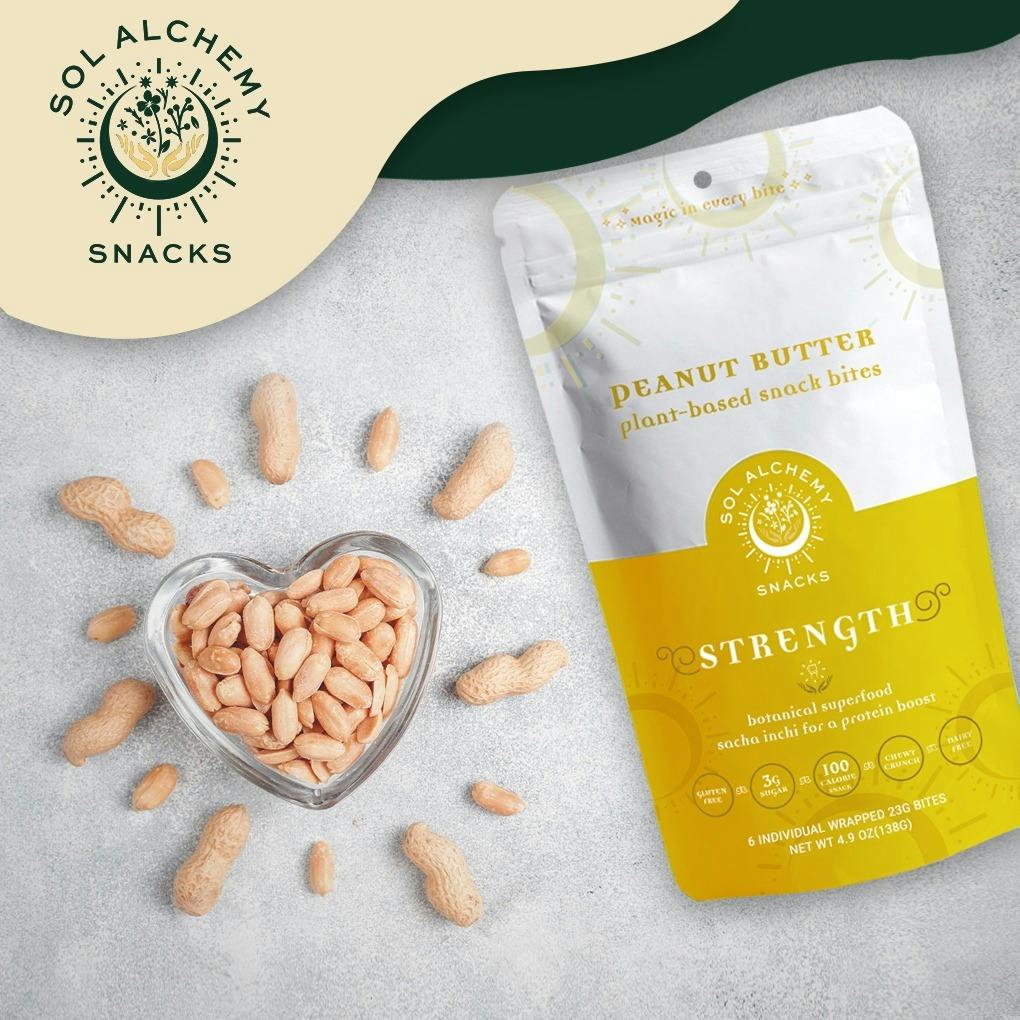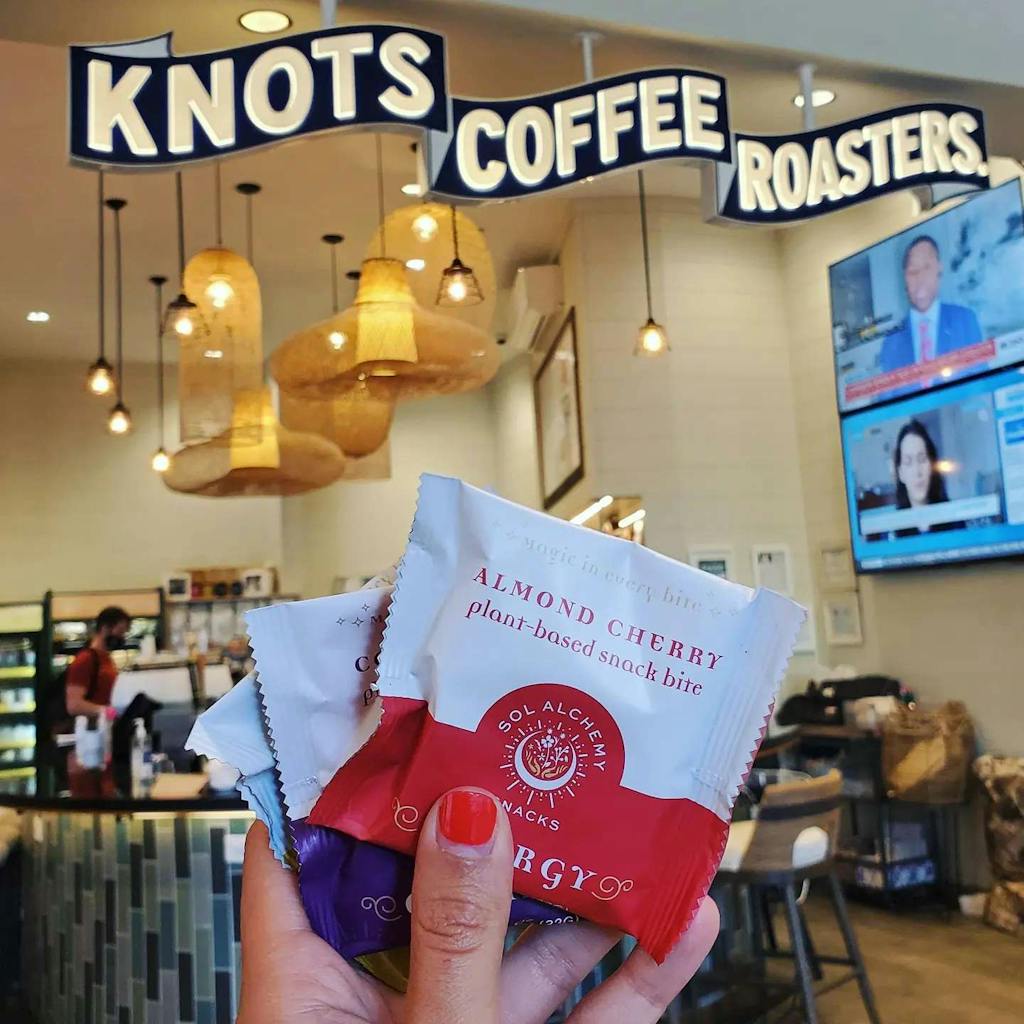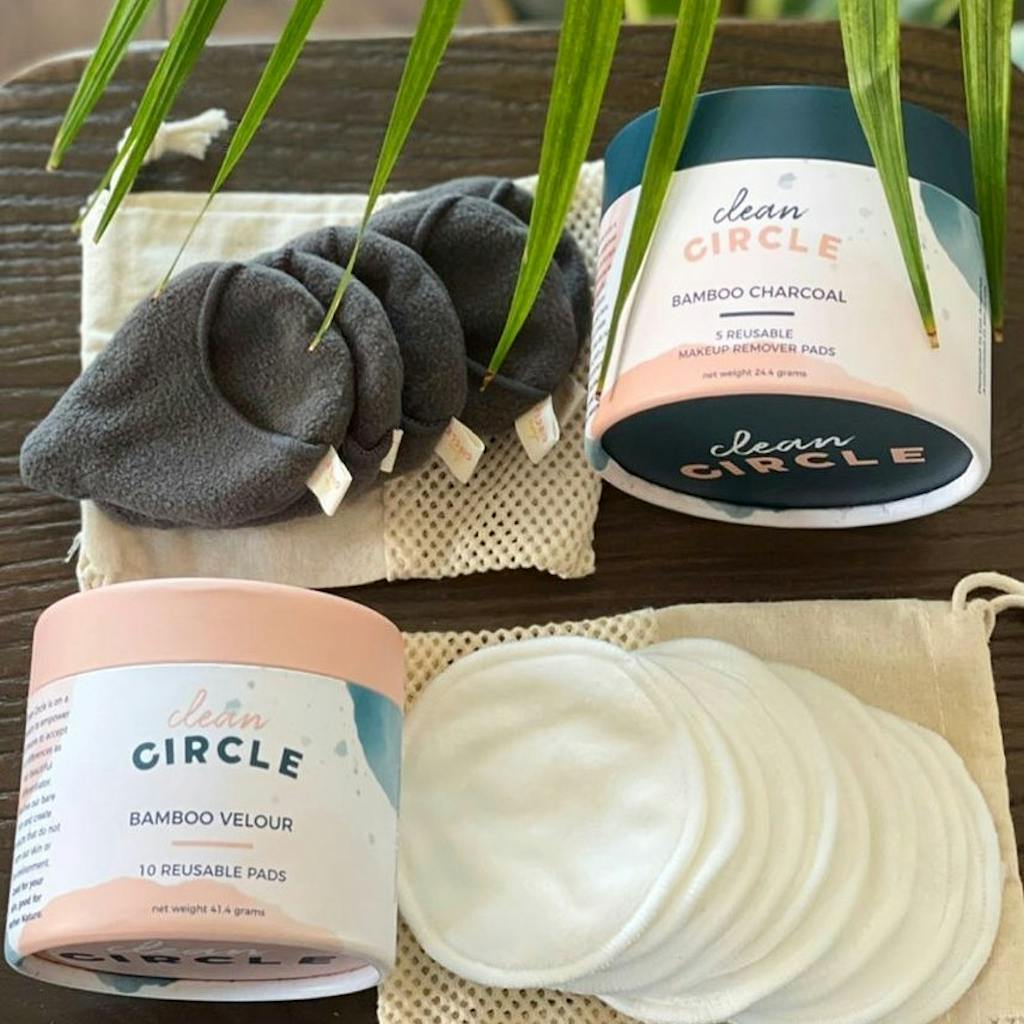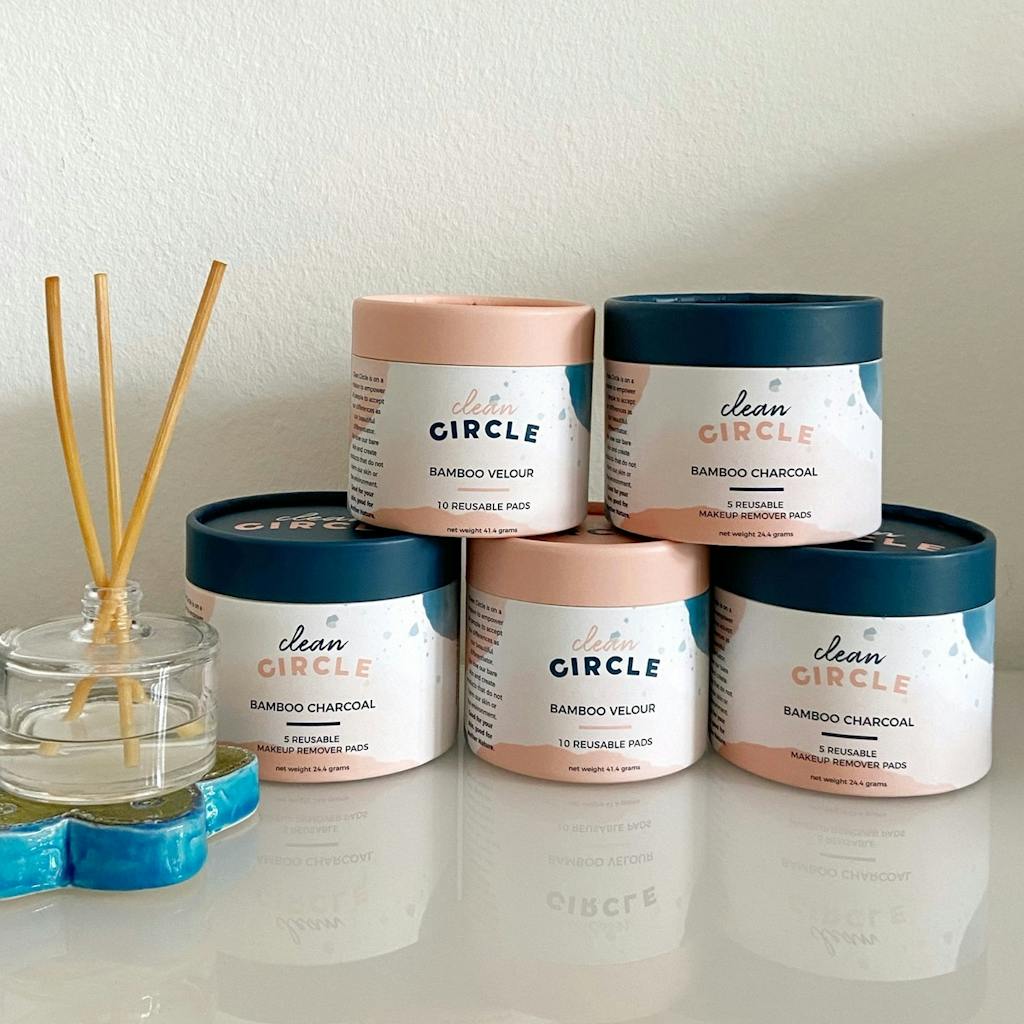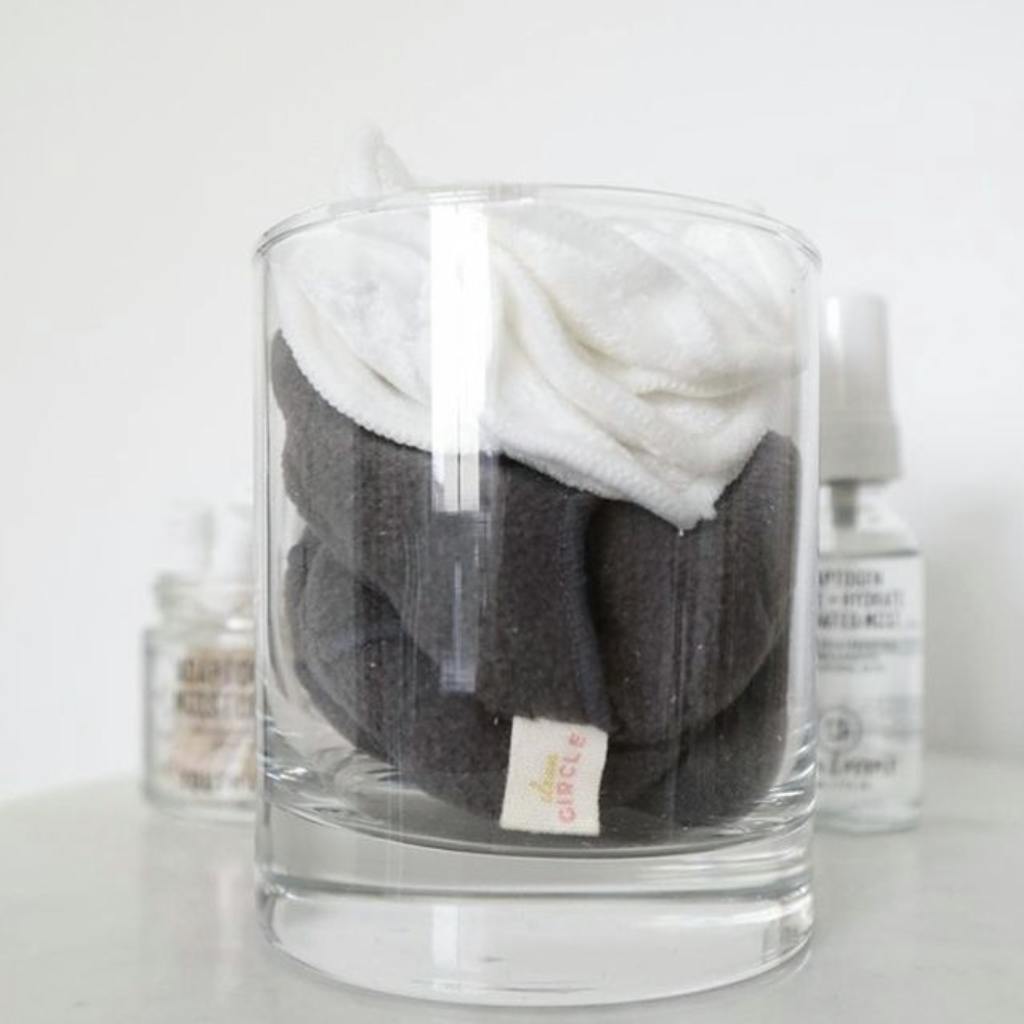Consumers today want a lot from the brands they buy. Not only does the product have to taste, look, or smell good, consumers need to know that the supplier behind the brand is meeting their values, whether that’s a product that is organic, a business that is women-owned, or offers specific sustainability certifications. Brands that have achieved sustainability certifications and actively adopt sustainability practices in their production have been popular with consumers and retail buyers as of late. This is due in large part to the increased awareness of keeping our earth healthy, and a desire to reduce waste.
Creating a sustainable brand can’t be done in one, or even 10 steps. Rather, it’s a lifelong process that continually evolves. With so many ways for a brand to practice sustainability—from the materials sourced to how the product is produced—it can be tricky to know where to start. Take a look at these three RangeMe Verified™ brands that have made sustainability a core value of their business and find out how—and why—they did it.
Lake Champlain Chocolates
Since the early days of Lake Champlain Chocolates, sourcing high-quality, fresh, local ingredients, and eschewing preservatives or artificial flavors was just the beginning of the company’s journey toward sustainability. Since then, notes Meghan Fitzpatrick, PR and Communications for Lake Champlain Chocolates, the company has become a Certified B Corporation, “using business as a force for good.” In addition to sourcing high-quality ingredients and using organic certified ingredients whenever possible, Lake Champlain Chocolates uses 100% fair trade certified chocolate and is conscious of where they are sourcing materials to ensure that they have responsible and sustainable packaging. For more than a decade they have used FSC-certified material in much of their packaging, and recently the wrappers on their chocolate bars use 100% post-consumer recycled fiber. “This saves trees, reduces waste, and the production process also reduces carbon emissions while using less energy and significantly less water than typical virgin paper,” Fitzpatrick explains.
“Setting the standard of everything measuring up to the quality of the chocolate means sustainability and environmental business practices have always played an important role in the company,” Fitzpatrick says. “As we keep saying, sustainability is a journey—what that meant back in the 80s and 90s means something very different today, but what hasn’t ever waivered is the commitment to sustainability as a core value of LCC.”
Sol Alchemy Snacks
Having spent much of her childhood in Hawaii laid a foundation of awareness and respect for mother nature and all of its healthy offerings, and it was this basis that helped Gabriella Gordillo, Principal of Sol Alchemy Snacks, develop her line of premium plant-based snacks. The brand, she notes, has been consciously created using only whole food ingredients that have been well-researched and ethically sourced.
“At Sol Alchemy the one thing I truly pride myself on is how thorough I am in my supply chain sourcing,” Gordillo says. As a small women-owned and -operated business, she takes a hands-on approach to all aspects of her company, particularly when it comes to sustainability. “I think people have this perception that sustainability should just be easy to take action on and I think if we started the world over again and we put sustainability first then I do think it would be extremely easy but I think with the way things started in our culture we are kind of working backwards trying to fix things in the past and also focus on the future and becoming more efficient and better,” Gordillo explains. “I always have to take into account how the consumers from the past think and act and also how the consumers of the future act.”
Sol Alchemy purchases their ingredients directly from the source, often from farms in third-world countries. By doing so, they are able to pay prices set by the farmers and this direct business benefits the small farms they work with. “It’s a part of our own in-house fair trade practices that we don’t need a piece of paper to prove it with but we just do every day like second nature,” Gordillo says. “To me this is where sustainability starts, knowing where the food comes from and knowing how the people that make it operate.”
While the brand doesn’t yet have their own production facility, that is the goal so they can be a truly green manufacturing process and facility, Gordillo says. Currently, they only offer post-consumer recycled packaging, working closely with a recycled packaging manufacturer. “This is a great first step I feel because a lot of people don’t realize that they may be recycling every day, but if that recycled material doesn’t get repurposed or upcycled then it does just go to landfills anyways,” Gordillo notes. “So, I’m happy to say we are actually doing something with that material in the meantime before we convert to compostable.”
Clean Circle
Clean Circle launched in December 2020, after Lena Chao, Founder, reimagined how she could make her own beauty routine—and the beauty routines of others—more sustainable. Not finding the products she was looking for that were ethically sourced or sustainably made, Clean Circle’s two SKUs replace single-use cotton wipes or cotton rounds. Though the company is still young, their products are resonating with consumers, Chao says.
“Textiles is one of the dirtiest industries, so through that lens, I knew that could change because I understood the consumer insights, and where the market was going, and I knew that other people cared about this as well,” she says. In developing and launching her products, Chao has partnered with other suppliers with Bluesign certification, which ensures textiles are made sustainably and looks at the whole process of creating textiles, from factory floors to finish. Her company also has BSCI certification, and OEKO-Tex.
“You need to do that deep dive into research around what you’re using and around sourcing,” Chao says, if you want to create a sustainable brand. “The world is big and vast, but as long as you’re pushing for a little bit more transparency, understanding that if you’re going to package in plastic, can it be made a little differently? It doesn’t have to be virgin, can it comprise of 30% or 40% PCR? If you’re asking those questions to collaborate with your manufacturers, you can be more innovative.”
Chao notes that she leans on other industries—food, design, architecture—for inspiration in guiding the sustainability decisions for her own company. What materials are they using? How are they going about their own sustainability practices? How can that translate into personal care and beauty?
“That lens has allowed me to be a little bit more aware. We don’t need more products, we need better products,” she notes.
Starting sustainably
Incorporating sustainability practices into your brand processes isn’t a simple matter, but it is an important one. If you’re unsure where to begin, start by recognizing that this is not a one-shot deal. “Recognize that sustainability is a journey,” says Ellen Reed, Vice President of Lake Champlain Chocolates. She also recommends taking the B Impact Assessment, a free online tool to measure a company’s impact on its workers, community, environment, and customers.
Chao notes that picking one segment or vertical of your business and focusing on creating sustainability within that segment is also a great way to get started. Importantly, she adds, “Identify your sustainability goals. What do those look like and what can be executed in six months, a year, or 18 months from now. Having that standard can make it a little bit easier.”
“Start small, it’s easy to get overwhelmed,” agrees Gordillo. “Taking the time to research where the ingredients you use actually come from and just overall being conscious in your daily life around sustainability. If you’re not doing it in your daily life it won’t be easy to transfer that over to the mainstream or even in your own brand.”
“Be the change,” Gordillo adds. “The more of us that create genuinely healthy and sustainable products the more we can impact the consumers who eat them and the world around us.”

